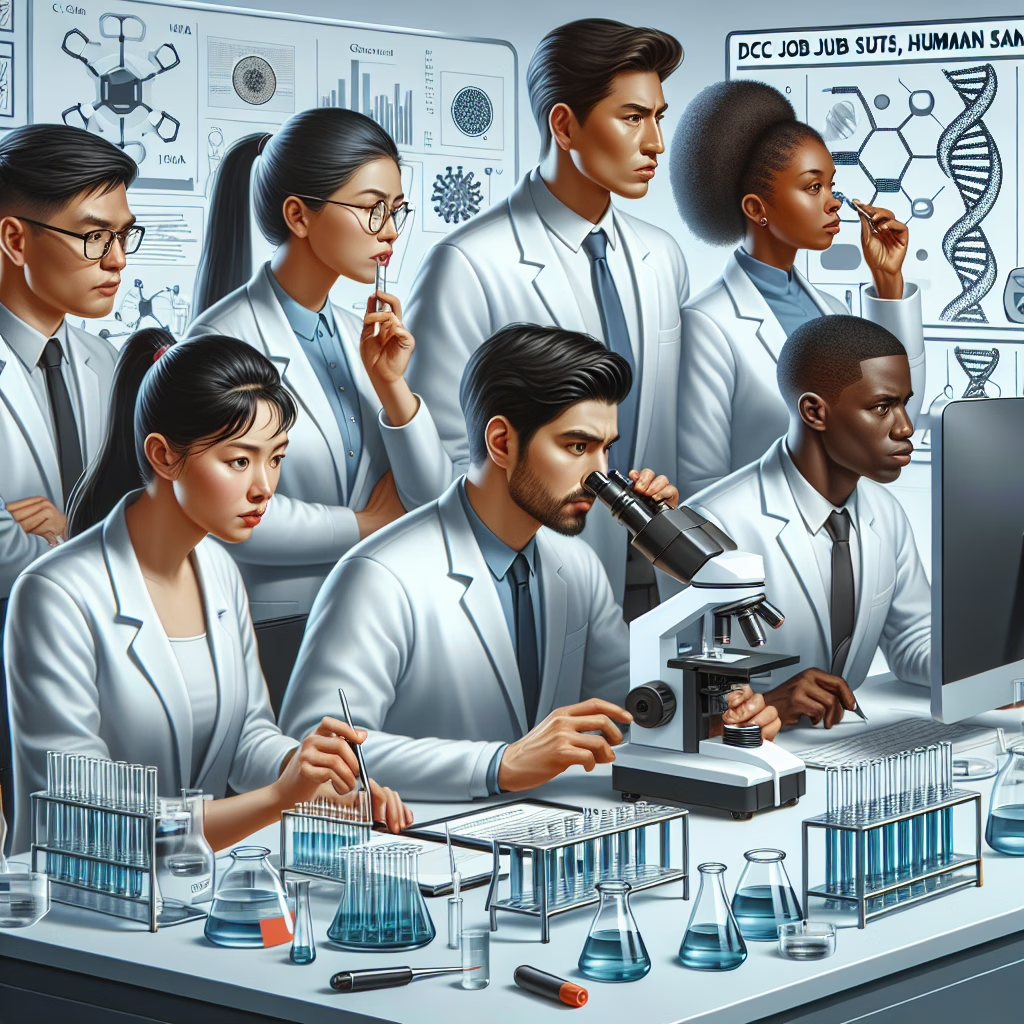When it comes to public health, the CDC often stands as a sentinel, guarding us against all manner of health threats. But in a plot twist that feels straight out of a bureaucratic drama, CDC job cuts have emerged, creating ripples through the National Institute for Occupational Safety and Health (NIOSH). These cuts are raising eyebrows—and perhaps a few heart rates—especially concerning the handling of human samples.
The Great NIOSH Shake-Up
In an unexpected turn of events, the CDC has decided to trim its workforce. This isn’t just any regular downsizing; it’s more like a game of Jenga where one wrong move could send the entire tower crashing down. The cuts will directly affect NIOSH, the agency’s branch responsible for ensuring safe workplaces and protecting worker health. So, how does this affect human samples? Glad you asked!
NIOSH relies heavily on human samples to conduct its research. These samples provide invaluable insights into workplace hazards and help shape safety regulations that protect workers across the nation. However, with fewer hands on deck, there’s concern that research could slow down or even take a detour into the realm of “let’s hope for the best.”
The Vital Role of Human Samples
You might not think about them often, but human samples play a crucial role in occupational health research. They help scientists understand how exposure to various substances affects our bodies over time. When NIOSH faces cuts, fewer studies can happen, which raises questions about future regulations. Will we end up with more “cautionary tales” than actual safety measures?
Without adequate staffing, the comprehensive studies that inform policy decisions may dwindle. Imagine trying to bake a cake with only half your ingredients—sure, you can try, but don’t be surprised if it turns into a culinary catastrophe! This could lead to weaker safety protocols, exposing workers to potential hazards that could have been prevented by thorough research.
The Economic Tug-of-War
Some argue that these CDC job cuts are necessary due to budget constraints and shifting priorities within government agencies. However, there’s a fine line between fiscal responsibility and jeopardizing public safety. As we dive deeper into 2025, we might find ourselves asking whether saving a few bucks now is worth the potential costs in health down the line.
The initial economic reasoning may appear sound: cut jobs to save money. But when those cuts threaten essential research on human samples, skepticism arises. Investing in health today can save astronomical costs in healthcare tomorrow—akin to buying insurance before your car breaks down instead of after.
Innovation or Stagnation in Public Health?
The question remains: how do we move forward from this point? There’s an opportunity for innovation! Organizations could leverage technology to maximize efficiency with fewer personnel—think automation meets science fiction! However, relying too heavily on technology without human insight could lead to unintended consequences.
This situation also presents an opportunity for collaboration between public health agencies and the private sector. By pooling resources and expertise, they can continue critical work despite personnel shortages. It’s like forming an Avengers team for workplace safety—everyone brings their unique power to combat hazards!
A Call to Action for Public Awareness
The broader public needs to stay informed about these changes at NIOSH and how they might impact workplace safety regulations. Engaging with local representatives about concerns regarding CDC job cuts could make a difference. After all, nothing gets done without a little citizen involvement!
As we navigate through these uncertain times in public health, let’s remember that every bit counts—from robust research on human samples to advocating for better funding for health agencies. Every voice matters!
In conclusion, while CDC job cuts may seem like a necessary evil today, they could have far-reaching implications for our workforce’s safety tomorrow. Let’s keep our eyes on the prize—healthy workplaces and safe working conditions!
If you have thoughts on this topic or want to share your opinion about the future of NIOSH and human samples in light of these cuts, drop your comments below! We’d love to hear from you.
A big thank you to Wired for shedding light on this important issue!
**Additional Insights:** It’s crucial for the public to advocate for stronger funding in areas directly impacting health and safety. The more we emphasize the importance of human samples in research, the better chances we have for future safety regulations that protect our workforce. By coming together as a community, we can help ensure that necessary research and public health priorities are not sacrificed in the name of budget cuts.

